
Cluj-Napoca, or simply Cluj, is the second-most populous city in Romania and the seat of Cluj County in the northwestern part of the country. Geographically, it is roughly equidistant from Bucharest, Budapest and Belgrade. Located in the Someșul Mic river valley, the city is considered the unofficial capital of the historical province of Transylvania. For some decades prior to the Austro-Hungarian Compromise of 1867, it was the official capital of the Grand Principality of Transylvania.

Cluj County is a county of Romania, in Transylvania. Its seat is Cluj-Napoca.

Aiud is a city located in Alba County, Transylvania, Romania. The city's population is 21,307 (2021). It has the status of municipiu. The city derives its name ultimately from Saint Giles (Aegidius), to whom the first church in the settlement was dedicated when built.

Avram Iancu Cluj International Airport is an airport serving the city of Cluj-Napoca, Romania. Initially known as Someșeni Airport, it is located 9 km (5.6 mi) east of the city centre, in the Someșeni area, which is now within the Cluj-Napoca city limits. The airport is named in honour of Romanian revolutionary Avram Iancu.
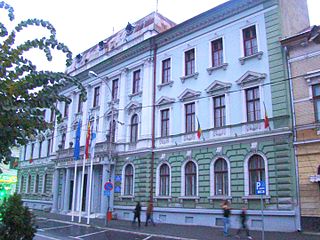
Sighetu Marmației, until 1960 Sighet, is a city (municipality) in Maramureș County near the Iza River, in northwestern Romania.

Turda is a city in Cluj County, Transylvania, Romania. It is located in the southeastern part of the county, 34.2 km (21.3 mi) from the county seat, Cluj-Napoca, to which it is connected by the European route E81, and 6.7 km (4.2 mi) from nearby Câmpia Turzii.

Dej is a municipality in Transylvania, Romania, 60 kilometres (37 mi) north of Cluj-Napoca, in Cluj County. It lies where the river Someșul Mic meets the river Someșul Mare. The city administers four villages: Ocna Dejului (Désakna), Peștera (Pestes), Pintic (Oláhpéntek), and Șomcutu Mic (Kissomkút).

Emil Boc is a Romanian politician who was Prime Minister of Romania from 22 December 2008 until 6 February 2012 and is the current Mayor of Cluj-Napoca, the largest city of Transylvania, where he was first elected in July 2004. Boc was also the president of the Democratic Liberal Party (PDL), which proposed and supported him as Prime Minister in late 2008, from December 2004 until July 2012.

The Lucian Blaga National Theatre is in Cluj-Napoca, Romania, sharing its building with the Romanian Opera.

Bánffy Castle is an architectural monument situated in Bonţida, a village in the vicinity of Cluj-Napoca, Romania, with construction phases and stylistic features belonging to Renaissance, Baroque, Neoclassical and Neogothic styles. It is owned by the Hungarian Bánffy family. The current owner is Katalin Bánffy.
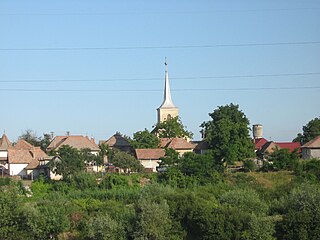
Cristești is a commune in Mureș County, Transylvania, Romania that is composed of two villages:
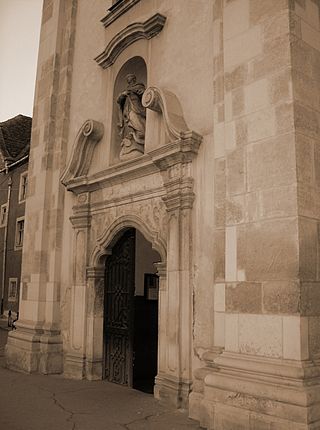
The Franciscan Church is a place of worship in Cluj-Napoca, Romania. It was built between 1260 and 1290, on the site of an older Catholic church destroyed during the Tatar invasions in 1241.

The Administrative Palace is a building in Satu Mare, Romania. At 97 metres, it is the highest building in Transylvania and one of the highest in the country. It is an example of brutalist style architecture.
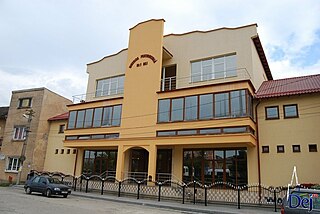
The Pentecostal Union of Romania or the Apostolic Church of God is Romania's fourth-largest religious body and one of its eighteen officially recognised religious denominations. At the 2021 census, some 404,000 Romanians declared themselves to be Pentecostals. Ethnically, as of 2002, they were 85.2% Romanians, 10.6% Roma, 1.9% Ukrainians, 1.8% Hungarians and 0.5% belonged to other groups. They have 1,343 churches, 7,879 affiliates and 354 pastors, along with strong lay leadership. The denomination originates in the early 1920s and, headed by a central leadership, is divided into nine regional communities: Arad, Braşov, Bucharest, Cluj-Napoca, Constanţa, Oradea, Oltenia-Argeş (Craiova), Maramureş-Sătmar and Suceava. Membership is concentrated in Crişana, Banat and northern Moldavia.
A prefect in Romania represents the Government in each of the country's 41 counties, as well as the Municipality of Bucharest.

The Cluj-Napoca City Hall, located at 3 Moților Street, is the seat of government for Cluj-Napoca, Romania. Built at the end of the 19th century after the plans of architect Ignác Alpár, it features a Viennese baroque facade with a corner clock tower. Affixed to the tower was the seal of Kolozs County, of which the city was the seat when it was part of Austria-Hungary before 1918, as the building initially housed the county's headquarters. The building was erected according to the city's 1798 development plan, whereby every new building had to be approved by the city council. During its days as county headquarters, the building served multiple purposes–as a political, administrative and fiscal centre. At the same time, the large halls hosted exhibitions of both established and younger artists, and, starting at the turn of the 20th century, the city's balls.

The Hunedoara County Prefecture is a building in Deva, Romania. Built in 1889–1890 in a late eclectic style after the plans of architect Ignác Alpár, it houses both the prefect's office of Hunedoara County and the county council.

The Galați County Prefecture is a building in Galați, Romania, housing the offices of the Galați County prefect. It is located at Strada Domnească, nr. 56.

The Academic College is an Art Deco building in Cluj-Napoca, Romania, belonging to Babeș-Bolyai University and located on M. Kogălniceanu Street.
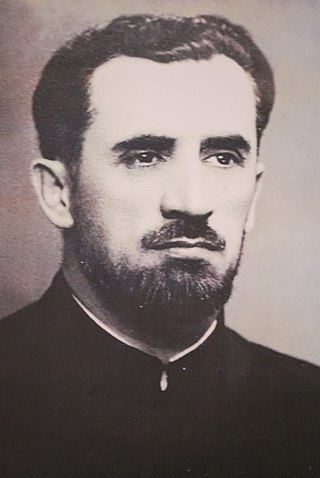
Ilarion V. Felea was a priest and theologian of the Romanian Orthodox Church.



















